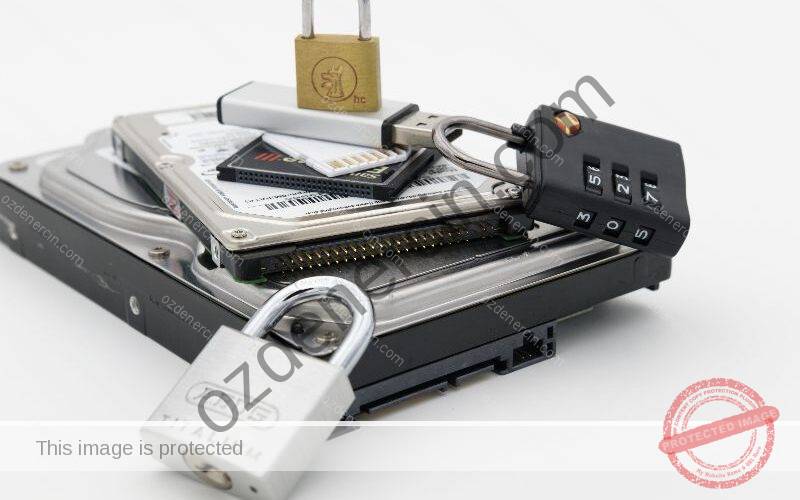In an increasingly digital world, data security has become a paramount concern for individuals, businesses, and governments alike. As we generate and store vast amounts of sensitive information on our computers, the need to securely erase data from storage devices, such as Solid State Drives (SSD) and Hard Disk Drives (HDD), has gained significant attention. This article delves into the intricacies of data wiping on SSD and HDD disks, exploring whether achieving complete data erasure is possible and the best practices for ensuring data security.
Understanding SSD and HDD
Before we delve into data wiping techniques, it’s crucial to understand the fundamental differences between SSDs and HDDs.
Solid State Drives (SSD): SSDs use NAND-based flash memory to store data. Unlike traditional HDDs, SSDs have no moving parts, which results in faster data access and improved durability. SSDs are popular due to their speed and reliability, making them prevalent in modern computing devices.
Hard Disk Drives (HDD): HDDs, on the other hand, store data on spinning magnetic platters. Although they are slower than SSDs due to mechanical components, HDDs are still commonly used due to their cost-effectiveness and larger storage capacities.
Challenges in Secure Data Wiping
Securely wiping data from storage devices is challenging due to the way SSDs and HDDs handle data storage and erasure. The key challenges include:
1. Wear-Leveling on SSDs: SSDs use wear-leveling techniques to evenly distribute write and erase cycles across their memory cells. This improves the lifespan of the drive. However, it also means that when data is deleted, the actual erasure might not occur immediately. The data could be moved to different parts of the drive, making it difficult to guarantee complete data removal.
2. Over-Provisioning: SSDs often have extra storage capacity (over-provisioning) that is not visible to the user. This space is used for wear-leveling and to replace faulty memory cells. When data is deleted, it might still reside in this over-provisioned space.
3. Magnetic Residue on HDDs: HDDs can suffer from magnetic residue, where data fragments remain on the platters even after deletion. Sophisticated techniques can potentially recover this residual data.
Data Wiping Techniques
While achieving 100% data erasure is challenging, various techniques are employed to minimize the risk of data recovery:
1. Secure Erase: SSDs often have a built-in “Secure Erase” command that can help reset the drive to its factory state. This command leverages the drive’s internal mechanisms to overwrite data. However, due to wear-leveling and over-provisioning, complete data removal is not guaranteed.
2. Data Encryption: Encrypting data before storing it on a drive can provide an extra layer of security. When the encryption key is securely deleted, the data becomes effectively inaccessible.
3. Data Destruction: For individuals and organizations with particularly sensitive data, physical destruction of the storage device might be the most foolproof method of data erasure.
4. Multiple Overwrites: Some wiping tools perform multiple overwrites of the same data to make it harder to recover. However, this might not be effective on SSDs due to wear-leveling.
Best Practices for Data Security
To ensure data security when disposing of or repurposing SSDs and HDDs, consider the following best practices:
1. Encryption: Always encrypt sensitive data before storing it. This can significantly reduce the risk of unauthorized access.
2. Use Certified Software: When wiping data, use certified data erasure software that adheres to industry standards and best practices.
3. Physical Destruction: If data security is paramount, consider physically destroying the storage device to prevent any possibility of data recovery.
4. Device Encryption: For SSDs, consider using hardware-based encryption options that tie the encryption key to the device itself.
Securely wiping data from SSDs and HDDs presents a unique set of challenges due to the complex nature of modern storage technologies. While complete data erasure might not always be achievable, employing encryption, certified software, and secure disposal practices can significantly reduce the risk of data breaches. As technology continues to evolve, data security practices will also need to adapt to ensure the protection of sensitive information.

